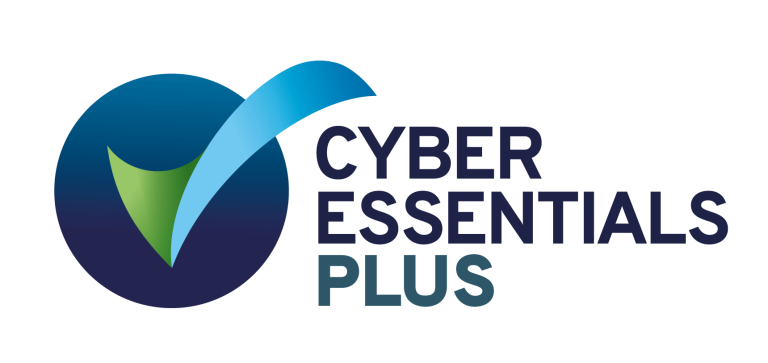What is a Near Miss Policy?
Definition and Importance
A near miss policy is a crucial component of an organisation’s health and safety management system. It outlines the procedures for reporting, documenting, and analysing incidents that could have resulted in injury, illness, or damage but did not. Implementing a near miss policy is essential for identifying potential hazards, preventing accidents, and fostering a proactive safety culture within the workplace.
Why Near Miss Reporting Matters
Reporting near misses is vital for several reasons:
- Prevention: Identifying and addressing potential hazards before they cause harm.
- Safety Culture: Promoting vigilance and responsibility among employees.
- Compliance: Ensuring adherence to health and safety regulations.
- Continuous Improvement: Providing data for analysing trends and improving safety measures.
Key Components of a Near Miss Policy
Policy Statement
The policy statement sets the tone for the organisation’s commitment to safety. It should clearly state the importance of reporting near misses and outline the organisation’s dedication to maintaining a safe work environment.
Roles and Responsibilities
A near miss policy should clearly define the roles and responsibilities of all employees, supervisors, and safety officers. This section should detail who is responsible for reporting, documenting, investigating, and addressing near miss incidents.
Employees
Employees are typically responsible for:
- Recognising and reporting near misses promptly.
- Participating in safety training and awareness programmes.
- Following safety procedures and guidelines.
Supervisors and Managers
Supervisors and managers play a critical role in:
- Ensuring that near miss incidents are reported and documented accurately.
- Investigating incidents to determine root causes.
- Implementing corrective actions to prevent recurrence.
Safety Officers
Safety officers or designated safety personnel are responsible for:
- Overseeing the near miss reporting system.
- Conducting thorough investigations.
- Analysing data to identify trends and hazards.
- Recommending and implementing safety improvements.
Reporting Procedures
The policy should provide a clear and straightforward process for reporting near misses. This section should include:
- Immediate Response: Steps to ensure safety and mitigate immediate hazards.
- Notification: Instructions on who to notify and how to report the incident.
- Documentation: Guidelines for completing near miss report forms, including necessary details such as date, time, location, description, and potential causes.
Investigation and Analysis
Once a near miss is reported, it is crucial to investigate and analyse the incident to prevent future occurrences. This section should cover:
- Investigation Protocols: Steps for conducting a thorough investigation, including interviewing witnesses, examining the site, and reviewing safety procedures.
- Root Cause Analysis: Techniques for identifying underlying causes of the near miss.
- Documentation: Recording findings and recommendations in a centralised database.
Corrective Actions
Implementing effective corrective actions is essential for addressing the root causes of near misses and preventing accidents. This section should include:
- Action Plans: Developing and implementing plans to address identified hazards.
- Training and Education: Providing additional training to employees if necessary.
- Monitoring and Review: Regularly reviewing and updating safety measures to ensure their effectiveness.
Benefits of a Near Miss Policy
Enhanced Workplace Safety
A well-implemented near miss policy significantly enhances workplace safety by proactively identifying and addressing potential hazards. This leads to fewer accidents and injuries, creating a safer environment for all employees.
Improved Safety Culture
Encouraging employees to report near misses fosters a safety culture where everyone feels responsible for maintaining a safe workplace. This culture of vigilance and responsibility can lead to long-term improvements in overall safety performance.
Regulatory Compliance
A robust near miss policy ensures compliance with health and safety regulations. This can help organisations avoid fines and legal issues, as well as demonstrate their commitment to safety during audits and inspections.
Cost Savings
Preventing accidents through proactive near miss reporting can lead to significant cost savings. Fewer accidents mean lower insurance premiums, reduced compensation claims, and less downtime, ultimately contributing to the organisation’s bottom line.
Data-Driven Improvements
Regularly analysing near miss reports provides valuable data that can guide safety improvements. By identifying trends and recurring hazards, organisations can implement targeted measures to address specific issues and enhance overall safety.
Implementing a Near Miss Policy
Developing the Policy
To develop an effective near miss policy, organisations should:
- Consult Stakeholders: Involve employees, supervisors, and safety officers in the development process to ensure the policy is practical and comprehensive.
- Review Regulations: Ensure the policy complies with relevant health and safety regulations and standards.
- Customise the Policy: Tailor the policy to the specific needs and risks of the organisation.
Training and Awareness
Training and awareness are critical for the successful implementation of a near miss policy. Organisations should:
- Conduct Training Sessions: Provide regular training on the importance of near miss reporting, how to recognise near misses, and the reporting procedures.
- Promote Awareness: Use posters, newsletters, and meetings to keep near miss reporting top of mind for employees.
- Encourage Participation: Foster an environment where employees feel comfortable reporting near misses without fear of blame or retribution.
Monitoring and Evaluation
To ensure the near miss policy remains effective, organisations should regularly monitor and evaluate its implementation. This can involve:
- Tracking Reports: Keep detailed records of all near miss reports and follow-up actions.
- Analysing Data: Regularly analyse near miss data to identify trends and areas for improvement.
- Reviewing the Policy: Periodically review and update the policy to reflect changes in regulations, industry standards, and organisational needs.
Overcoming Challenges in Near Miss Reporting
Addressing Underreporting
Underreporting of near misses is a common challenge. To address this, organisations can:
- Identify Barriers: Understand why employees may be reluctant to report near misses and address these concerns.
- Simplify Reporting: Make the reporting process as straightforward and accessible as possible.
- Promote a Positive Reporting Culture: Emphasise the importance of reporting and ensure employees know that near miss reporting is a positive and constructive action.
Ensuring Consistency
Consistency in reporting is crucial for accurate data collection and analysis. Organisations can ensure consistency by:
- Standardising Procedures: Develop clear, standardised reporting procedures that all employees follow.
- Regular Audits: Conduct regular audits of near miss reports to ensure compliance and accuracy.
Conclusion: Embracing a Proactive Approach to Safety
A near miss policy is an essential tool for maintaining a safe and compliant workplace. By encouraging the reporting and analysis of near misses, organisations can identify potential hazards, prevent accidents.


